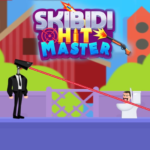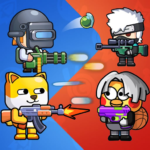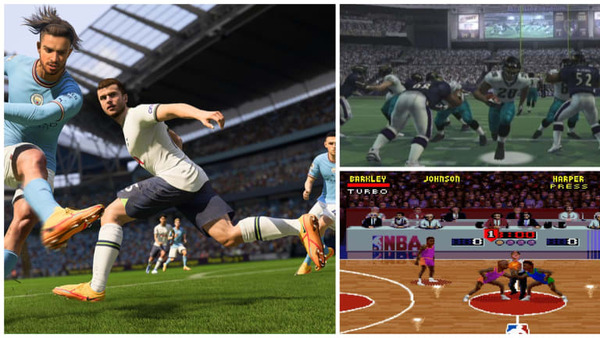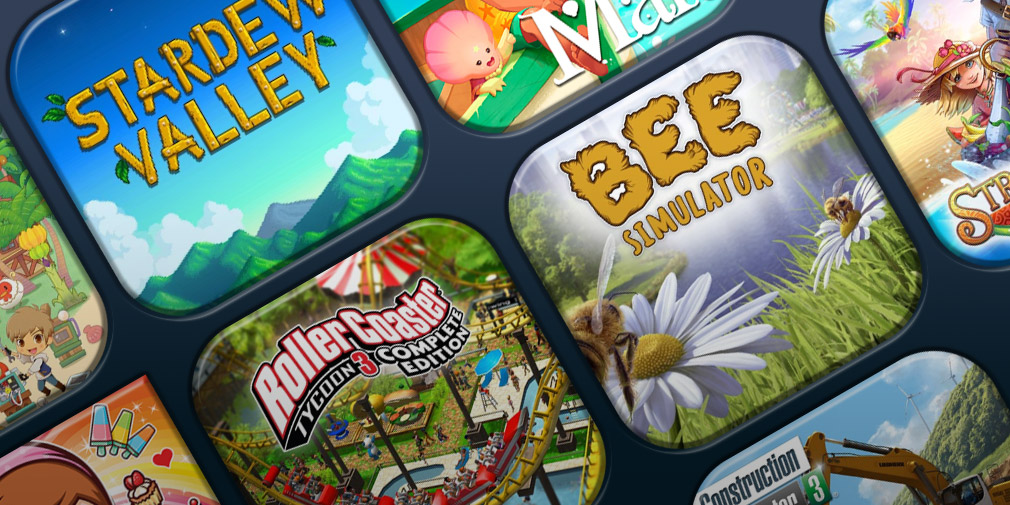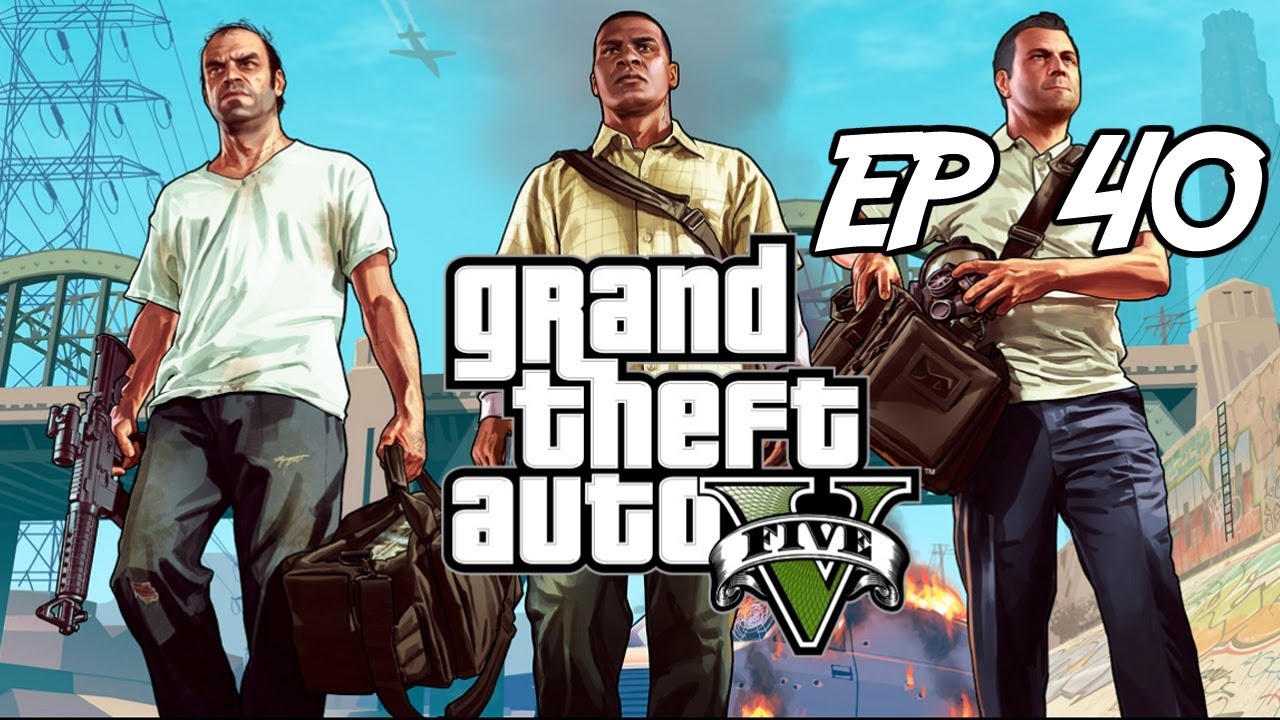In Poppy Playtime, you play as a former employee summoned back to unravel the fate of missing workers and survive the twisted toys that prowl the hallways. Released episodically since 2021 and powered by Unreal Engine 5 in later chapters, this horror-puzzle franchise blends atmospheric storytelling with tense action. From eerie VHS tapes and abandoned factories to horrifying chases and psychological puzzles, Poppy Playtime has grown into a cult sensation. In this deep dive, we’ll explore its gameplay, chapters, characters, design, community, controversies, and the upcoming future—including Chapter 4 and the teased spin-off Poppy Playpark. Strap in for a journey through fear, toys, and the unknown.
1. Development & Evolution
1.1 The Indie Horror Blueprint
Created by Mob Entertainment (formerly MOB Games), Poppy Playtime launched with Chapter 1: A Tight Squeeze on October 12, 2021. Its gripping hook and unique puzzles won it acclaim . Ports across PC, mobile, and consoles expanded its reach through 2024 with Chapters 2 and 3 ().
1.2 Upgrading the Engine for Chapter 3+
While Chapters 1–2 ran on Unreal Engine 4, migrating to Unreal Engine 5 for Chapters 3 and 4 enabled richer environments and lighting (). Released January 30, 2025, Chapter 4: Safe Haven debuted with improved visuals and deeper narrative .
1.3 Multiplayer & Spin-Offs
Mob also released Project: Playtime—a free-to-play asymmetrical multiplayer akin to Dead by Daylight . A Roblox version, Poppy Playtime: Forever, allows player-created maps and lore. And a rumored Poppy Playpark 2D spin-off is in development ().
2. Chapter-by-Chapter Breakdown
Chapter 1: A Tight Squeeze
Live in a toy factory—solve power puzzles with the GrabPack, escape Huggy Wuggy, free a locked doll named Poppy . This intro set the tone: claustrophobic, puzzle-driven survival.
Chapter 2: Fly in a Web
Continue deeper into the factory. Face Mommy Long Legs, solve carnival-style puzzles, and rescue Poppy—only for her to vanish again . The horror and controls evolved with each sequence.
Chapter 3: Deep Sleep
Journey through an orphanage-lab hybrid. Use an upgraded GrabPack 2.0 with jet boosters, swapping hands and climbing. Key characters and the backstory of the factory take shape .
Chapter 4: Safe Haven
Released Jan 30, 2025, this chapter brings you to an underground prison beneath the factory. Armed with a flashlight-hand, you navigate darkness, thwart Yarnaby and The Doctor, meet Doey the Doughman, and confront moral dilemmas .
3. Gameplay Mechanics & Innovation
3.1 The GrabPack: A Signature Tool
This modular backpack with interchangeable hands allows puzzle-solving, hacking, combat, and mobility. Chapter 3–4 reveal advanced versions with new functions like flares and boosters ().
3.2 Puzzle Design
Puzzles range from electrical network rerouting to rhythm games and heavy machinery manipulation. They’re intuitive, immersive—and occasionally downright creepy.
3.3 Horror & Chase Sequences
Intense chase sequences against towering toys deliver high-stress moments. From Hunts to train escapes, these encounters stand out as thrilling gameplay highlights.
4. Iconic Characters & Lore
Poppy
A vintage doll presumed innocent until she reveals deeper ties—including being Elliot Ludwig’s daughter and connected to the Prototype .
Huggy Wuggy & Kissy Missy
Sideshow mascots turned predators. Blue Huggy is the face of fear; pink Kissy occasionally helps yet remains unsettlingly eerie .
Mommy Long Legs, Bunzo Bunny & CatNap
Chapter-specific foes—Mommy stalks hallways, Bunzo plays deadly memory games, and CatNap drains dopamine in twisted puzzles .
Yarnaby, Doey & The Doctor
From Chapter 4: Yarnaby hunts in darkness; the Doctor is an AI gone rogue; Doey is a conflicted clay ally. Their narrative arcs deepen lore and push player trust ().
5. Audio-Visual Design & Ambience
5.1 Visual Realism
Chapters 3–4 on UE5 deliver shadows, detailed textures, and moody lighting. The darker factory interior is now deeply immersive ().
5.2 Sound Design
Creaks, airy mechanizations, toy music—audio plays with player tension by layering children’s songs into nightmares. Flashlight hum and chase music keep players on edge.
6. Community, Mods & Streaming
The fandom is vibrant: lore theories (e.g., Poppy’s past), fan art, puzzle walkthroughs on YouTube, and Twitch streams thrive. Steam reviews note improved Chapter 4 visuals and puzzles, but mixed feedback highlights old chapters feel unpatched ().
7. Controversies & Lawsuits
In January 2025, Mob sued Google over scam apps exploiting Poppy Playtime brand—more than 1 million scam installs, priced at up to $95 . Mob also had backlash over NFT plans dropped in 2021 ().
8. Future Prospects & Expansion
8.1 Cross-Platform Rollouts
Chapter 4 launches June 25, 2025, on Switch and consoles ().
8.2 Poppy Playpark
A rumored 2D spin-off in development—perhaps a lighter, side-genre release ().
8.3 Film Adaptation
A CGI film by Warner Bros. & DreamWorks planned for May 2025 with voice talent such as Kevin Hart (). A darker live-action film is also in work with Legendary ().
Conclusion
Poppy Playtime has transformed from indie horror into a multimedia franchise—video game saga, spin-off titles, plush toys, and even slated films. With immersive gameplay, evolving puzzles, dynamic characters, and ever-deepening lore, the series has captured imaginations while maintaining tension. Despite bugs in older chapters and legal challenges from fake apps, the developer’s roadmap includes console ports, episodic polish, a possible spin-off, and a feature film.
For horror enthusiasts and mystery lovers alike, Poppy Playtime offers more than scary jumps—it weaves emotional depth, corporate experiment nightmares, and moral ambiguity. With Chapter 4 and beyond, the series stands poised to deepen its legacy in the horror genre and beyond.
















